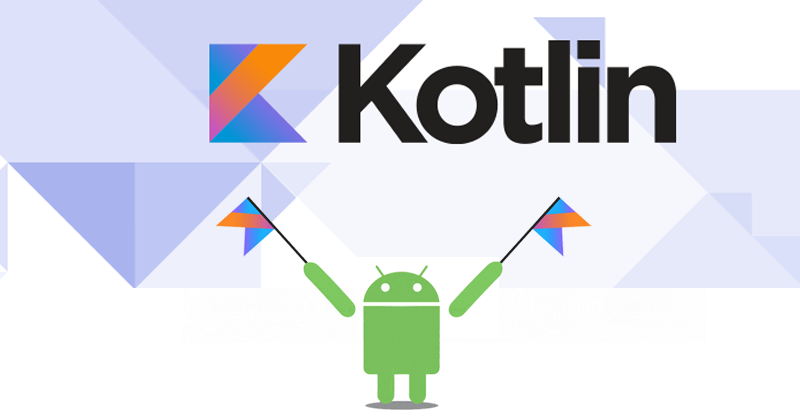Kotlin Comments
In this article, you will learn about Kotlin comments, and why and how to use them.
In programming, comments are portion of the program intended for you and your fellow programmers to understand the code. They are completely ignored by the Kotlin compiler (Kompiler).
Similar like Java, there are two types of comments in Kotlin
/* ... */// ....
Traditional comment /* … */
This is a multiline comment that can span over multiple lines. The Kotlin compiler ignores everything from /* to */. For example,
/* This is a multi-line comment.
* The problem prints "Hello, World!" to the standard output.
*/
fun main(args: Array<String>) {
println("Hello, World!")
}The tradition comment is also used for documenting Kotlin code (KDoc) with a little variation. The KDoc comments starts with /** and ends with */.
End of Line Comment //
The compiler ignores everything from // to the end of the line. For example,
// Kotlin Hello World Program
fun main(args: Array<String>) {
println("Hello, World!") // outputs Hello, World! on the screen
}
The program above contains two end of line comments:
// Kotlin Hello World Program
and
// outputs Hello, World! on the screen
Use Comments the Right Way
In most cases, use comments to explain ‘why’ rather than ‘how’ and you are good to go.
Python Example for Beginners
Two Machine Learning Fields
There are two sides to machine learning:
- Practical Machine Learning:This is about querying databases, cleaning data, writing scripts to transform data and gluing algorithm and libraries together and writing custom code to squeeze reliable answers from data to satisfy difficult and ill defined questions. It’s the mess of reality.
- Theoretical Machine Learning: This is about math and abstraction and idealized scenarios and limits and beauty and informing what is possible. It is a whole lot neater and cleaner and removed from the mess of reality.
Data Science Resources: Data Science Recipes and Applied Machine Learning Recipes
Introduction to Applied Machine Learning & Data Science for Beginners, Business Analysts, Students, Researchers and Freelancers with Python & R Codes @ Western Australian Center for Applied Machine Learning & Data Science (WACAMLDS) !!!
Latest end-to-end Learn by Coding Recipes in Project-Based Learning:
Applied Statistics with R for Beginners and Business Professionals
Data Science and Machine Learning Projects in Python: Tabular Data Analytics
Data Science and Machine Learning Projects in R: Tabular Data Analytics
Python Machine Learning & Data Science Recipes: Learn by Coding
R Machine Learning & Data Science Recipes: Learn by Coding
Comparing Different Machine Learning Algorithms in Python for Classification (FREE)
Disclaimer: The information and code presented within this recipe/tutorial is only for educational and coaching purposes for beginners and developers. Anyone can practice and apply the recipe/tutorial presented here, but the reader is taking full responsibility for his/her actions. The author (content curator) of this recipe (code / program) has made every effort to ensure the accuracy of the information was correct at time of publication. The author (content curator) does not assume and hereby disclaims any liability to any party for any loss, damage, or disruption caused by errors or omissions, whether such errors or omissions result from accident, negligence, or any other cause. The information presented here could also be found in public knowledge domains.

